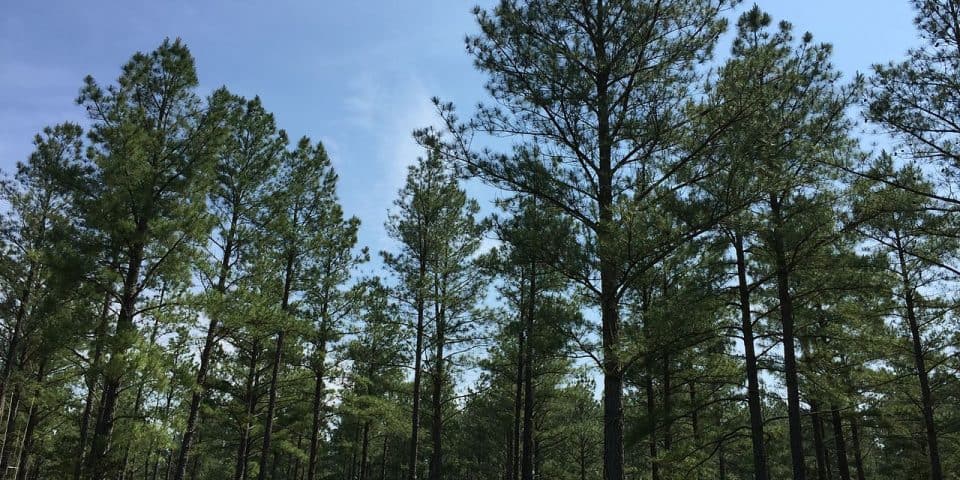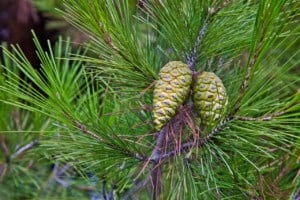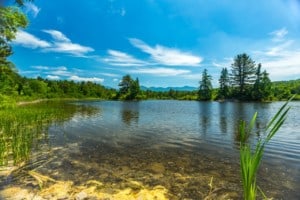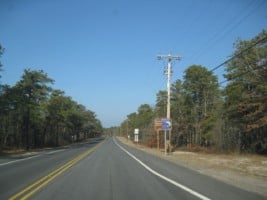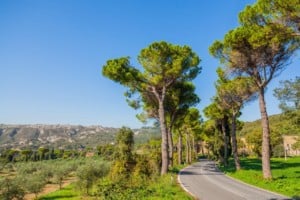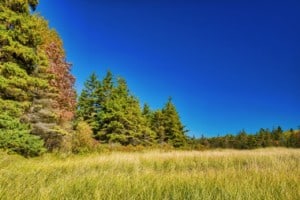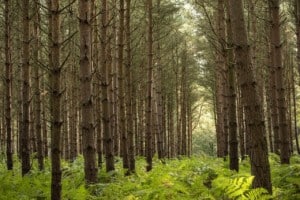Since almost two-thirds of the state of Virginia consists of forests, it isn’t surprising that there are tons of pine trees there. Trees are, therefore, very important to this state, and some of the many trees found in Virginia include hemlock, bald cypress, spruce, cottonwood, willow, aspen, hickory, and pine, to name a few.
Contents
- 1. Eastern White Pine (Pinus strobus L.)
- 2. Pitch Pine (Pinus rigida Miller)
- 3. Red Pine (Pinus resinosa Aiton)
- 4. Shortleaf Pine (Pinus echinata Mill.)
- 5. Table Mountain Pine (Pinus pungens Lambert)
- 6. Virginia Pine (Pinus virginiana)
- 7. Longleaf Pine (Pinus palustris Mill.)
- 8. Loblolly Pine (Pinus taeda L.)
- 9. Pond Pine (Pinus serotina Michx.)
Pine trees are evergreen coniferous trees that have four types of leaves, including needles. Pine trees are often used as Christmas trees, but have many other uses as well. If you’re researching the different types of pine trees in Virginia, you can start with the list below because it contains all nine of the pine trees found there.
1. Eastern White Pine (Pinus strobus L.)
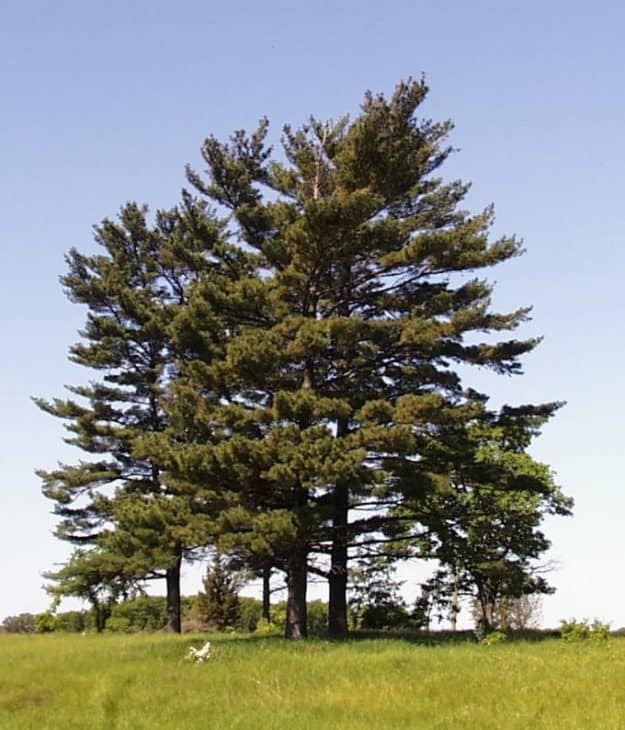
Eastern white pines have needles that produce new growth every summer. The seed cones are slender and long, and the tree itself usually grows no taller than 180 feet, although some have been known to get to 230 feet.
You can use the tree’s wood for construction projects, furniture, and for building ships and barns, making it a very versatile type of wood.
2. Pitch Pine (Pinus rigida Miller)
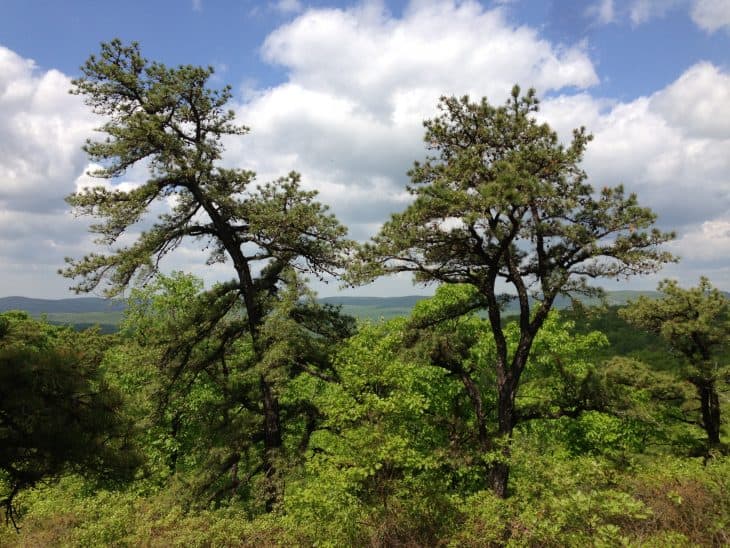
With a height of 20-100 feet, these are considered medium-sized trees and are quite common in the northeastern part of the United States. It has twisted branches and an irregular shape, and its needles grow in bundles of three.
They also grow very fast in the first few years of life. Because of its odd shape, it is not usually used for construction or manufacturing projects, but it has been known to be used to build ships and even railroad ties.
3. Red Pine (Pinus resinosa Aiton)
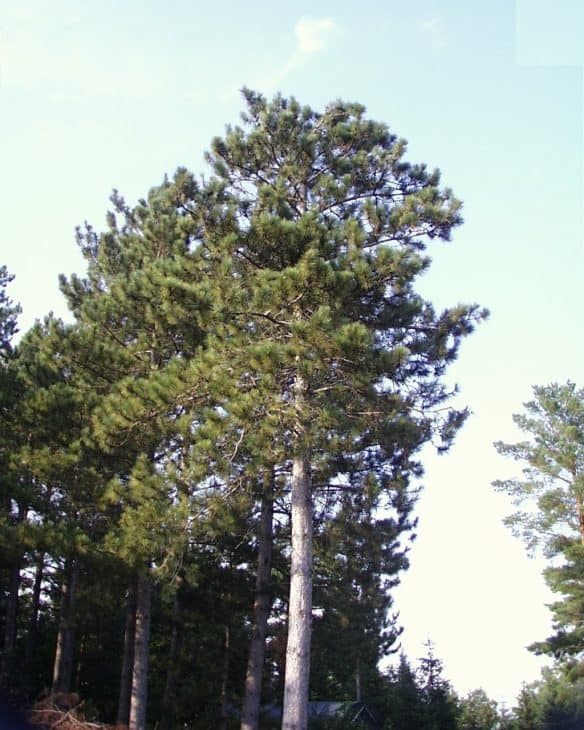
With an average height of around 120 feet, the red pine has bark that is various colors depending on the part of the tree you’re looking at. Some parts of the trunk are a grayish-brown color while others are bright orange-red.
The tree is a very tall and elegant-looking tree and has needles in a yellowish-green color that grow in groups of two. On rare occasions, the red pine tree can grow up to 140 feet tall.
4. Shortleaf Pine (Pinus echinata Mill.)
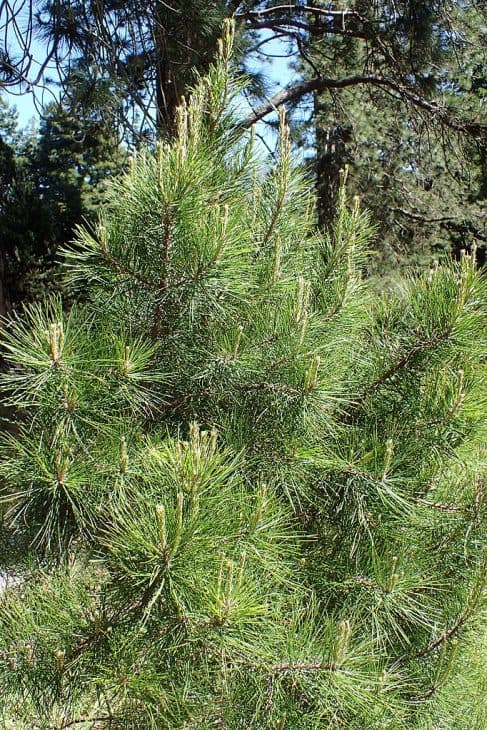
This type of pine tree is very popular throughout the eastern part of the country and even in some parts of the Midwest. It is not a huge tree but gets up to 100 feet tall in most cases. It also has a trunk that can get to nearly three feet in diameter. The shortleaf pine is extremely sturdy, in part because it can grow in a variety of conditions and soil types.
People use shortleaf pine wood for basic wood pulp, plywood veneer, and for lumber in construction projects. The trunk can be a little on the misshapen side, and the cones have short prickles and are about three inches in length.
5. Table Mountain Pine (Pinus pungens Lambert)
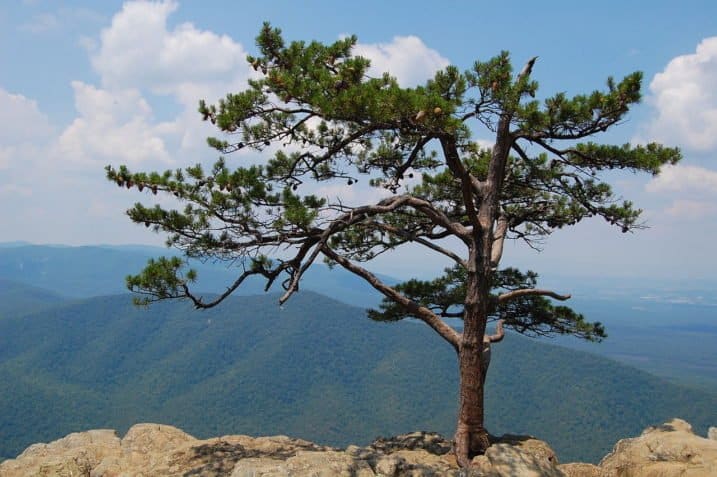
Smaller than many other pine trees, the table mountain pine tree is very common in the Appalachian area of the United States and only gets to around 40 feet in height. Their needles grow in bundles of two, and they have short-stalked cones that are nearly seedless and which which vary from yellow to pale pink in color.
Also called hickory or prickly pine trees, these trees are often found on rocky slopes and similar locations because they do extremely well in dry climates.
6. Virginia Pine (Pinus virginiana)
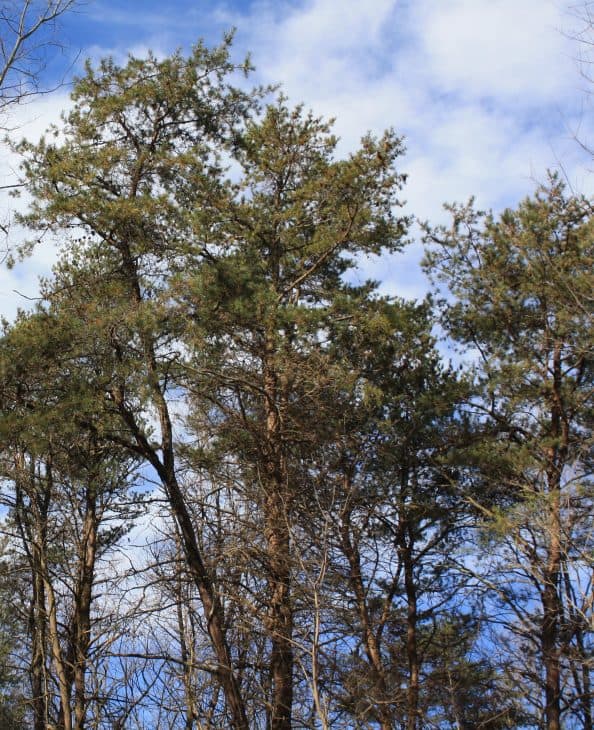
Virginia pine trees get up to around 60 feet tall and therefore aren’t huge pine trees. They can also be called Jersey or scrub pine trees and have short, yellowish-green leaves. In addition to being used as Christmas trees, the wood of the Virginia pine can also be used for lumber and wood pulp, among other things.
Wildlife love to eat the seeds of the Virginia pine tree, and it is a common tree for reforesting projects as well. Its wood also has multiple uses, in part because it gets harder as it ages and is therefore very sturdy and long-lasting.
7. Longleaf Pine (Pinus palustris Mill.)
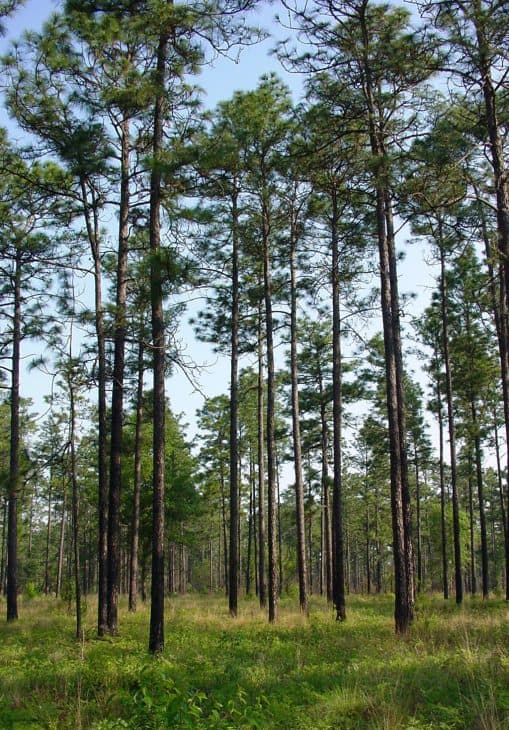
Longleaf pine trees are native to the southeastern United States and at one time grew as high as 150 feet. Now, however, thanks to extensive logging, most of these trees get no taller than around 115 feet, and their circumference averages around 30 inches.
When people visit the southern part of the country, especially the southeastern part, they expect to see pine trees, and the longleaf pine tree is a very common site when you travel to this part of the country.
8. Loblolly Pine (Pinus taeda L.)
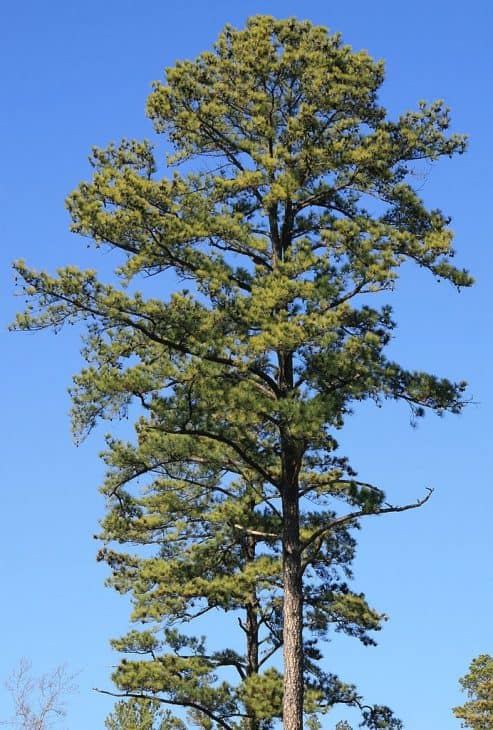
The loblolly pine tree is so common in the United States that the only tree that outnumbers it is the red maple tree. Native to the southeastern part of the country and found mostly in lowlands and swampy areas, loblolly pines usually grow to around 115 feet in height. The needles grow in bundles of three and the cones get up to around five inches in length.
The seeds of the loblolly cones start out green and turn a pale-brown once they ripen. They are a little more than two inches in width. The trees can also get quite large, with one of them, found in the Congaree National Park in South Carolina, boasting a height of nearly 170 feet.
9. Pond Pine (Pinus serotina Michx.)
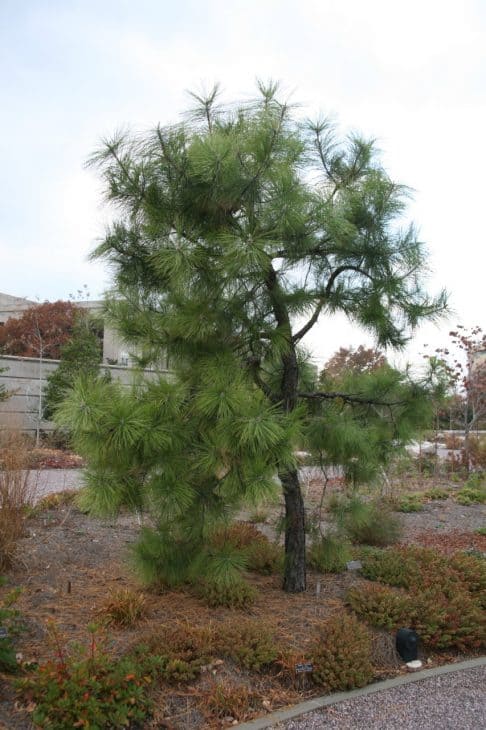
The pond pine tree is also called the marsh pine tree, and it gets to roughly 70 feet high most of the time. It has an irregular growth pattern and needles that grow in groups of three or four and which are roughly eight inches long. As you can probably guess because of its name, this type of pine tree is found near ponds, bays, and swamps, as well as other wet habitats.
Pond pine trees have small round cones and on more unique feature: it has needles that grow directly from its trunk.

